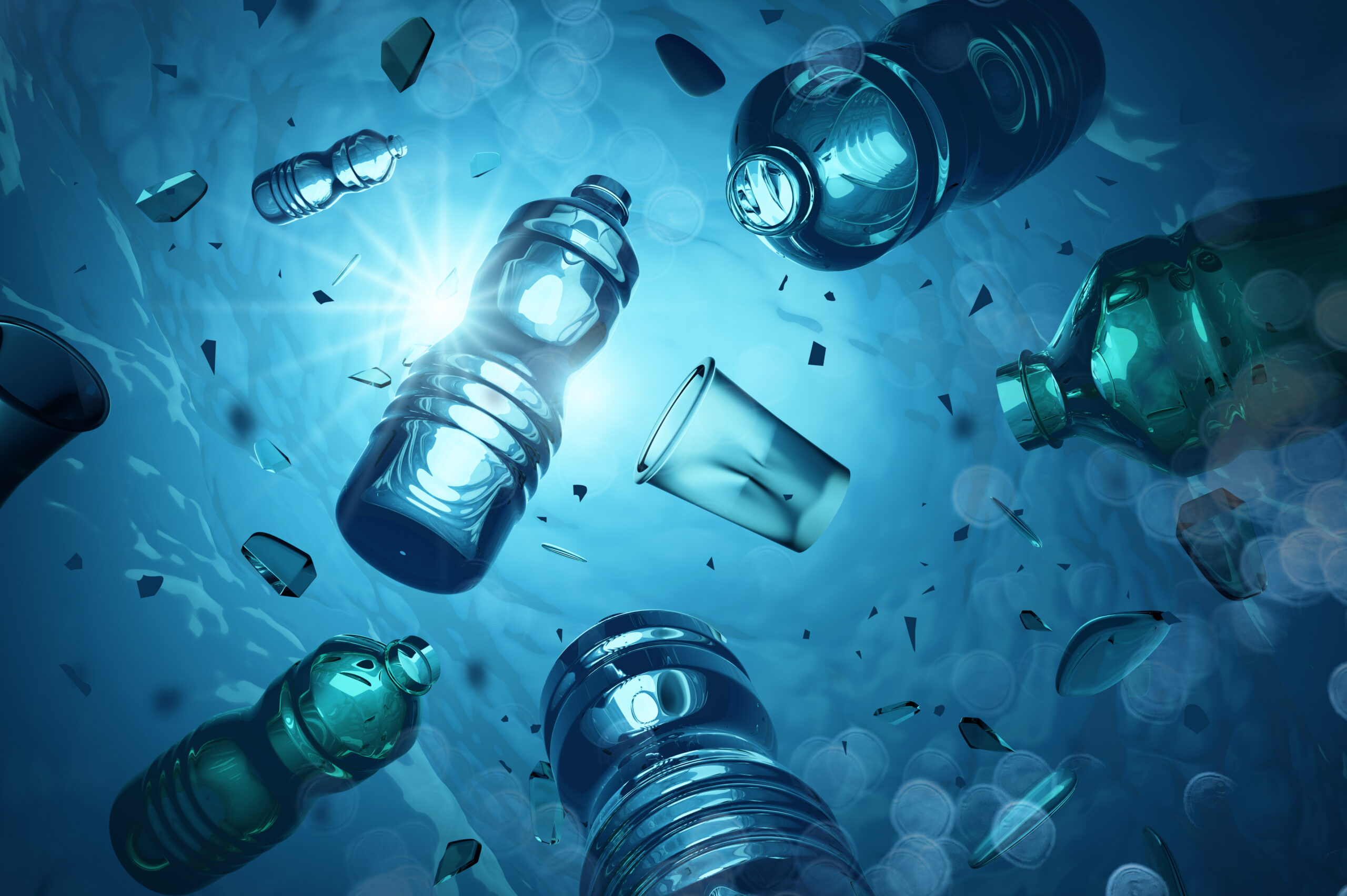As a widely used consumer product, plastic has become incredibly prevalent due to its immense usefulness, making life more convenient and, at times, safer in terms of the water footprint of single-use plastic packaging. However, the production of plastic carries a significant environmental burden, resulting in high costs.
While essential human activities like agriculture, manufacturing, and power production require substantial water, plastic manufacturing stands out as one of the most unsustainable processes, demanding a vast amount of water.
The growing resistance against plastic food and beverage packaging, including bottled water, arises from various factors. The primary concern is that plastic waste now pervades the planet, from birds and fish to the habitats of turtles. Additionally, the extensive carbon footprint of plastic raises alarm. Equally important, but less acknowledged, is the considerable water usage in plastic production, especially concerning regions facing water scarcity.
The sheer quantity of plastic that has saturated our lives and the Earth’s ecosystems is staggering. From 1950 to 2015, approximately 8.3 billion metric tons of virgin plastic were produced globally. With around 6.3 billion metric tons wasted, much of plastic ended up polluting landfills and the natural environment.
There are two aspects of plastic impact on water systems:
The “blue water footprint” and the “grey water footprint.”
The blue water footprint represents the water consumed in the production of raw materials, sourced from surface or groundwater. This includes water that evaporated or discharged into the immediate watershed.
On the other hand, the grey water footprint accounts for the water needed to mitigate pollution associated with PET production, particularly thermal pollution. Thermal pollution is when water is heated during manufacturing and then discharged into waterways. There, necessitating of cooling the water to meet environmental standards.
Plastic’s extensive water footprint of single-use plastic remains widely misunderstood. Considering all the water involved in its production highlights how plastic, especially single-use plastic like beverage bottles and food packaging, leads to wasteful water consumption. Every step in the plastic life cycle, from oil or natural gas extraction to the creation of resin and various plastic types, requires water. The water footprint encompasses the total volume of freshwater consumed throughout the entire production process.
The truth is, we´d have to use each reusable bag 3 000 times to neutralize the carbon footprint of the single use plastic bag produced today. Plastic will remain a large part of our lives, so finding ways to improve water security and quality is the most effective risk mitigation measure for ever community and organization.
Speak to us to help you optimize your water and wastewater treatment requirements. Only take a moment of your time to get going, so speak to one of our staff members today!

